Louisiana Flooding Survivors Face Health Risks During Cleanup
Heat and floodwaters can be dangerous mix for residents.
— -- Deadly floods in Louisiana have already claimed six lives and led to at least 20,000 people being evacuated from the area, but the danger for residents isn't over when the water recedes. The potent mix of stagnant water and stifling heat can put survivors in the area at risk for a host of other health issues, including infections and even snakebites.
Bacteria can infect open wounds, causing dangerous infections, and infectious diseases — including E. coli, norovirus and tetanus — can spread easily in areas with flood damage, according to the U.S. Centers for Disease Control and Prevention. Those who go back to flood-damaged homes should be extra vigilant about the safety risks.
Any people who get a puncture wound or laceration while in murky floodwaters should get a tetanus shot unless they have had the vaccination within in the last five to 10 years, according to the Louisiana State Health Department. Floodwaters can increase the risk of mosquito-borne infections in the area because they can result in excessive breeding of mosquitoes.
Louisiana State Health Department officials warn residents to remove stagnant water from birdbaths, flowerpots, tires and other containers in the hopes of avoiding illnesses spread by mosquitoes.
Louisiana Residents Clean Up After Catastrophic Flood
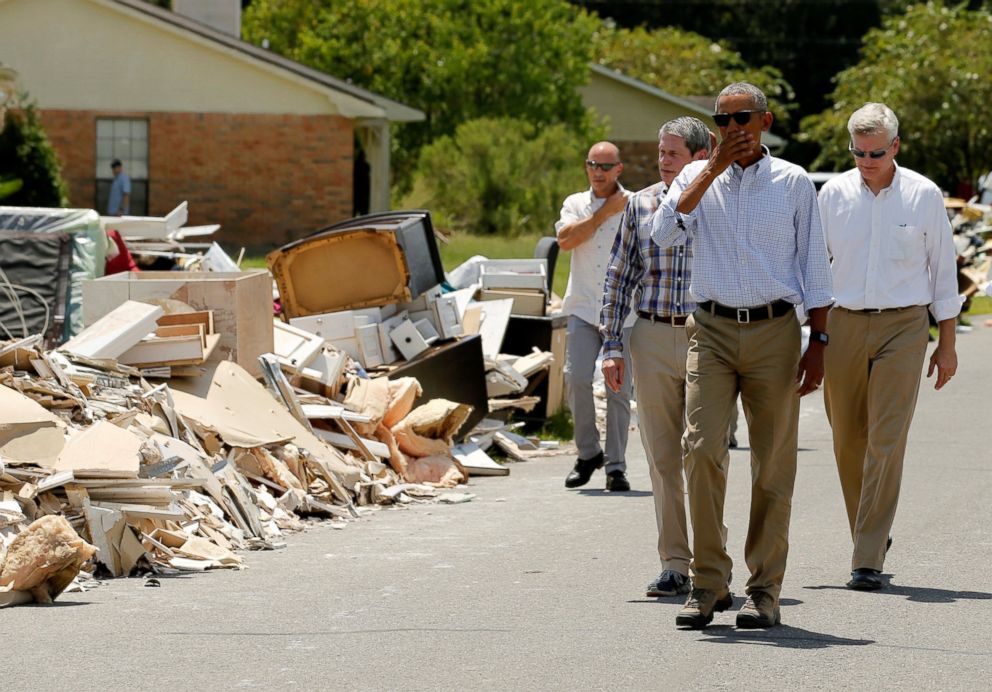
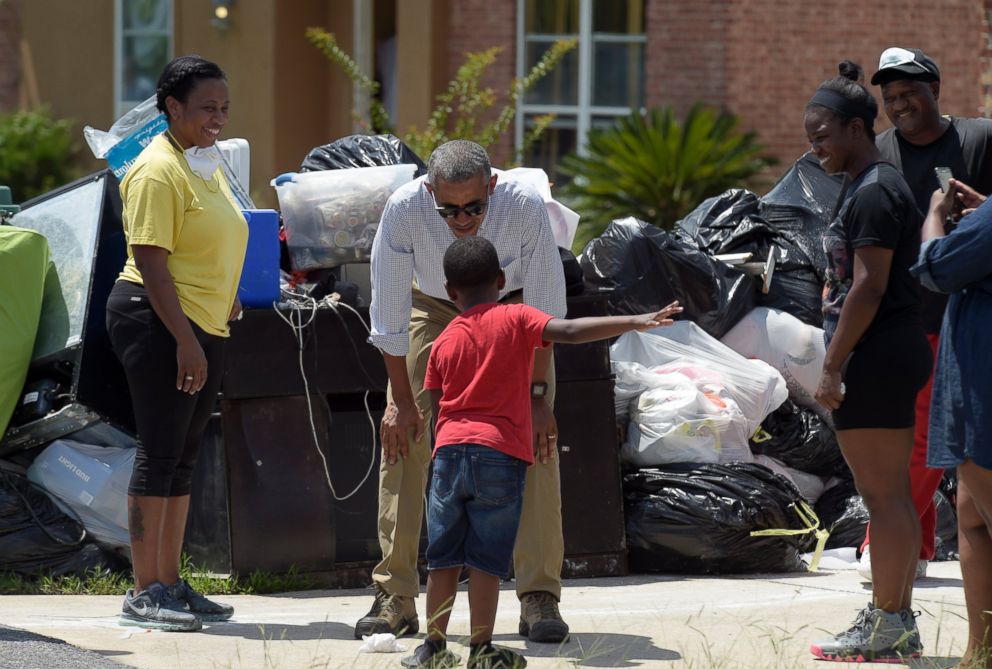
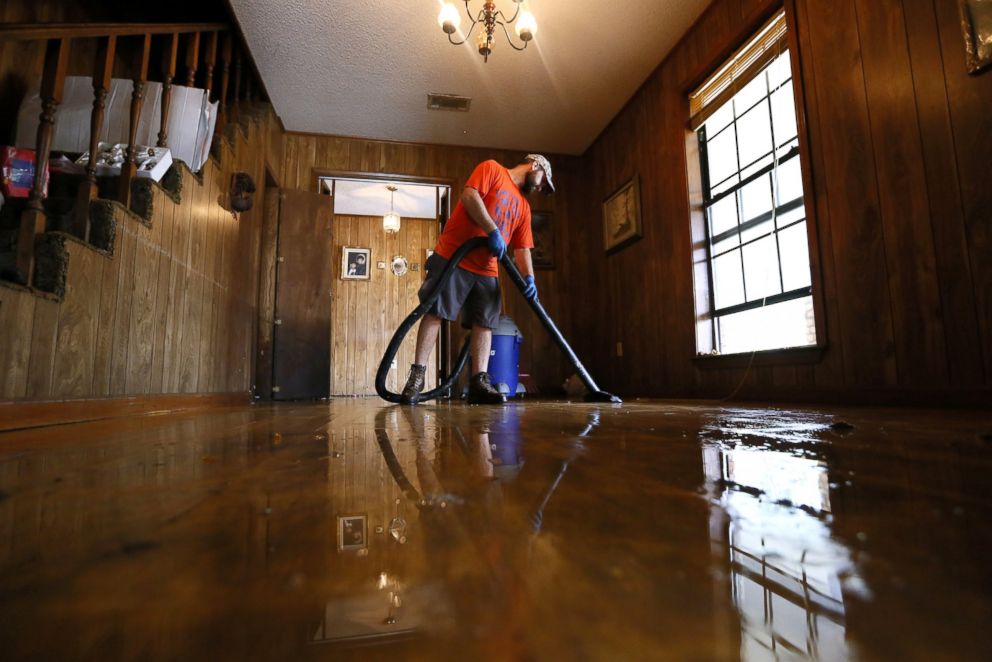
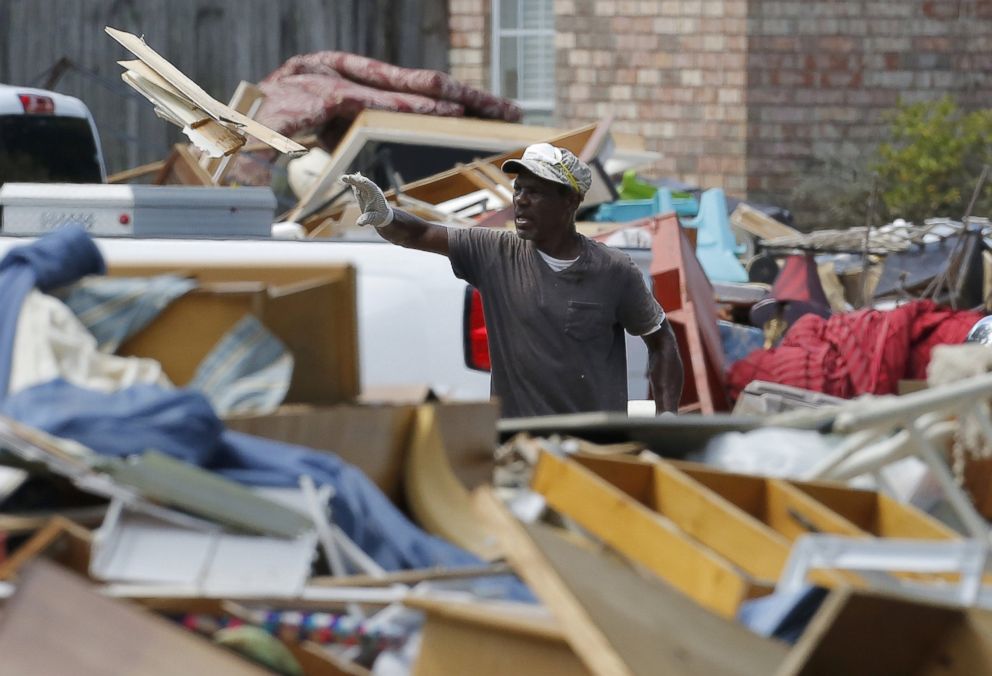
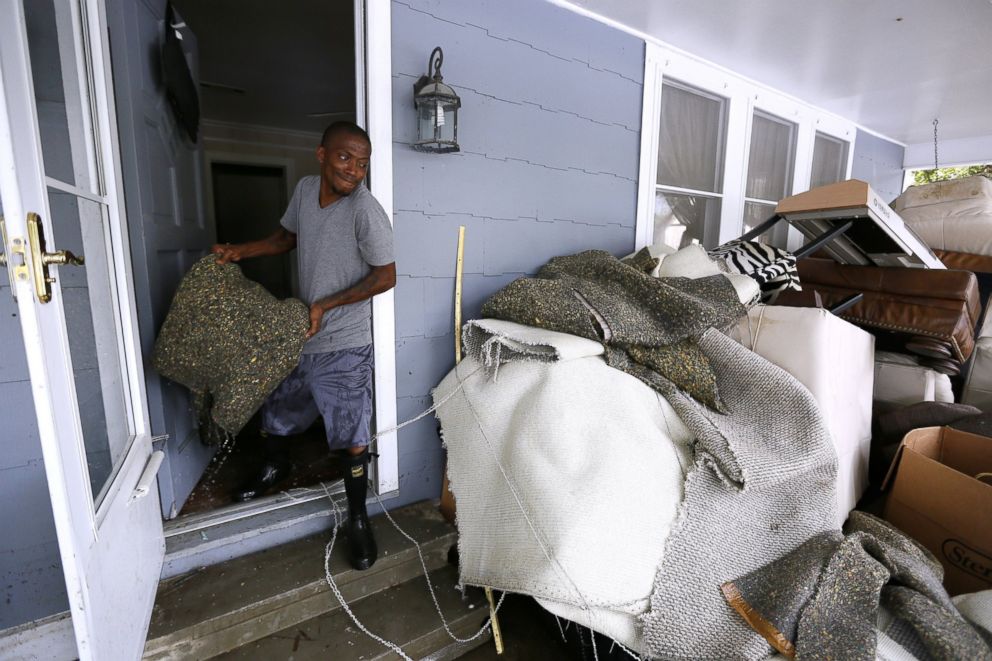
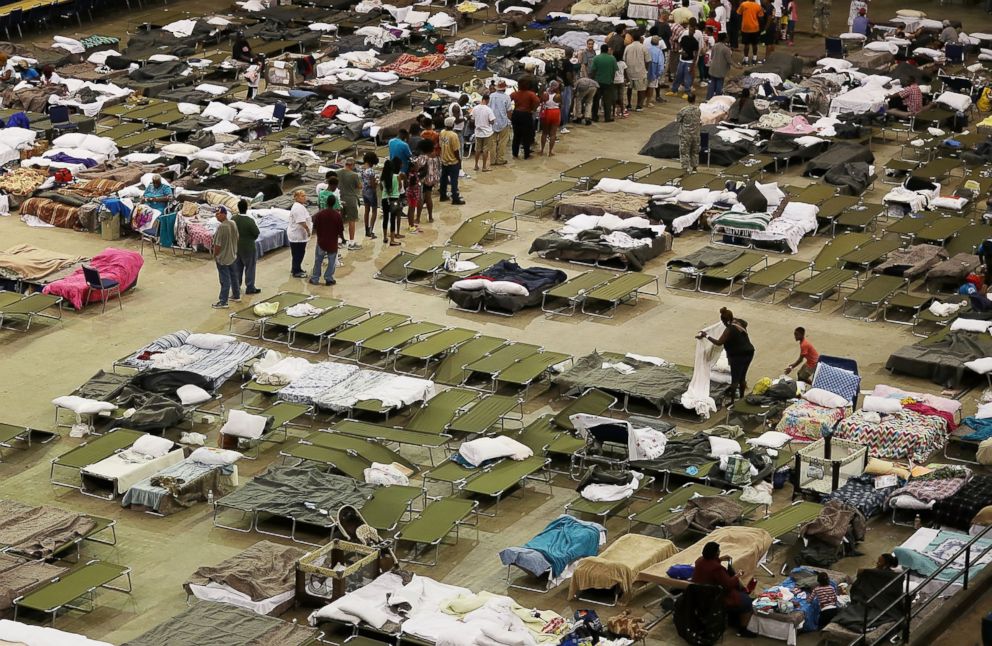

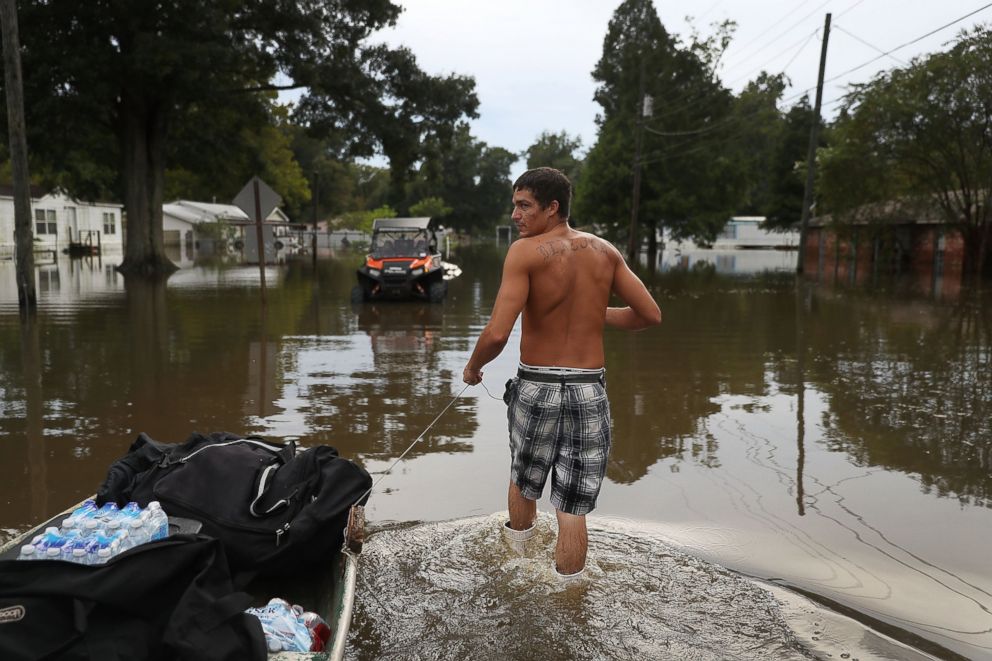

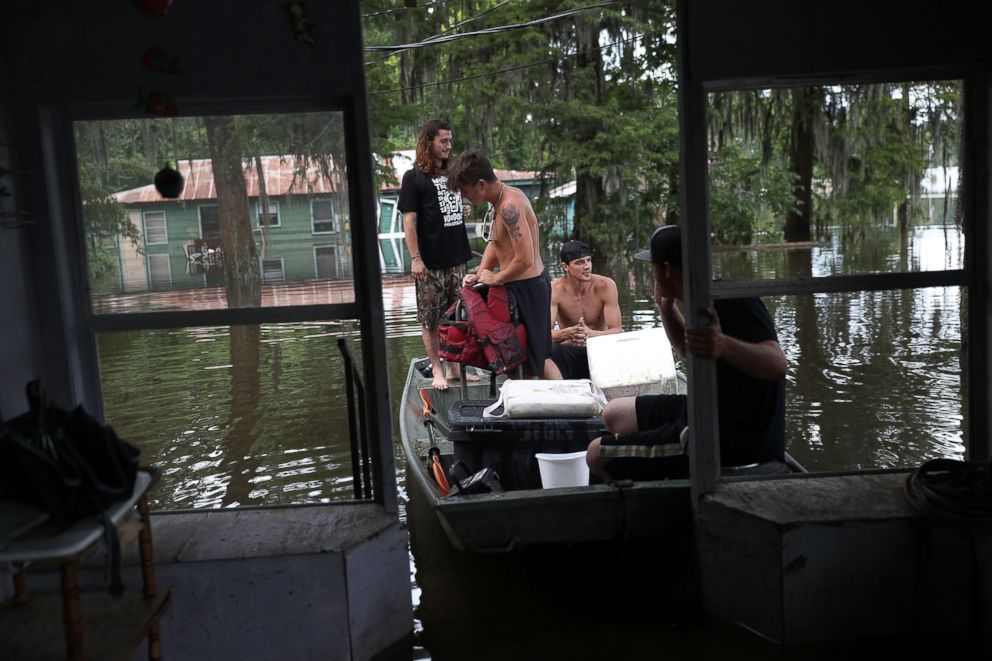
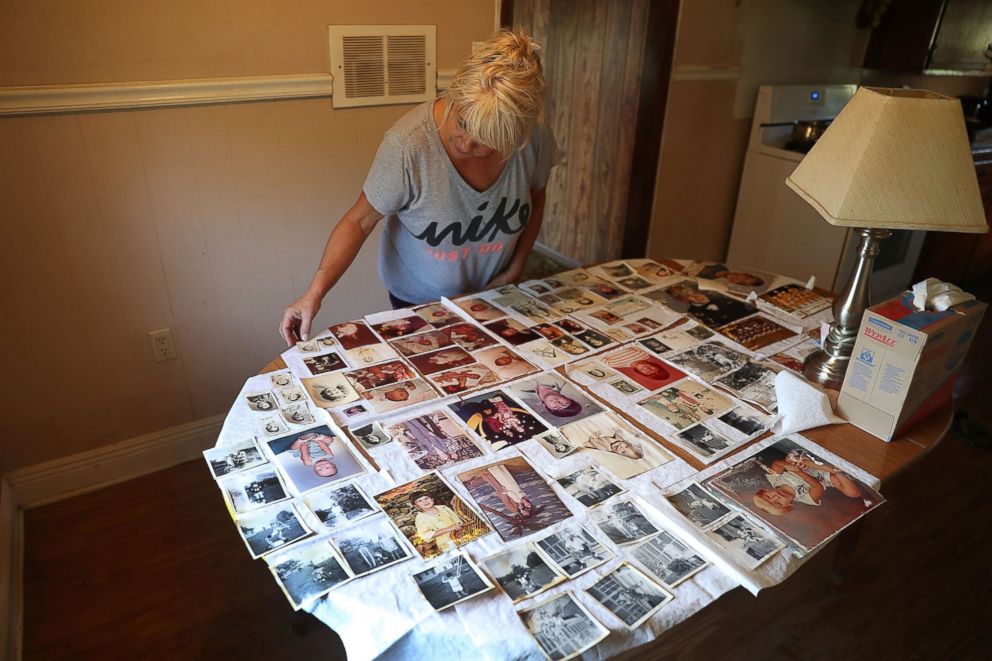
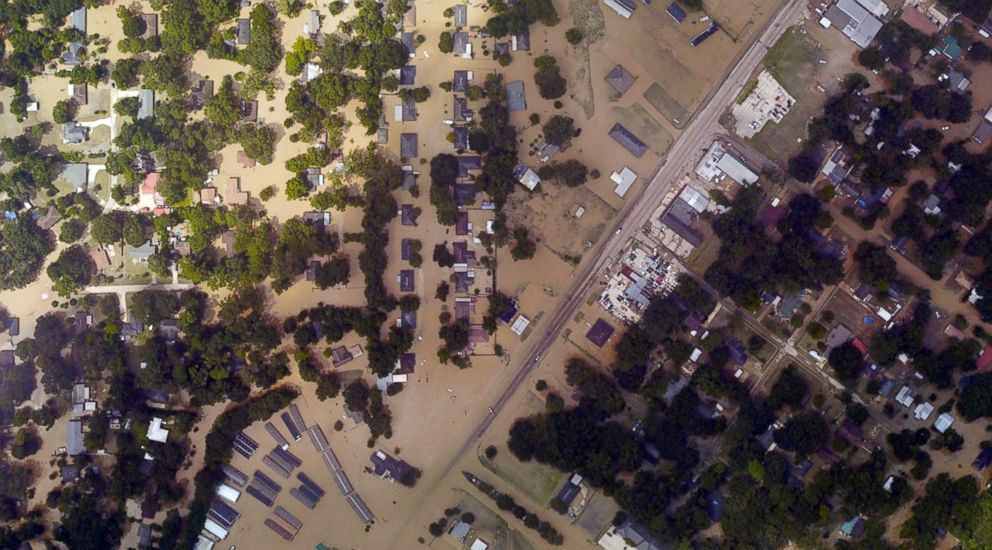
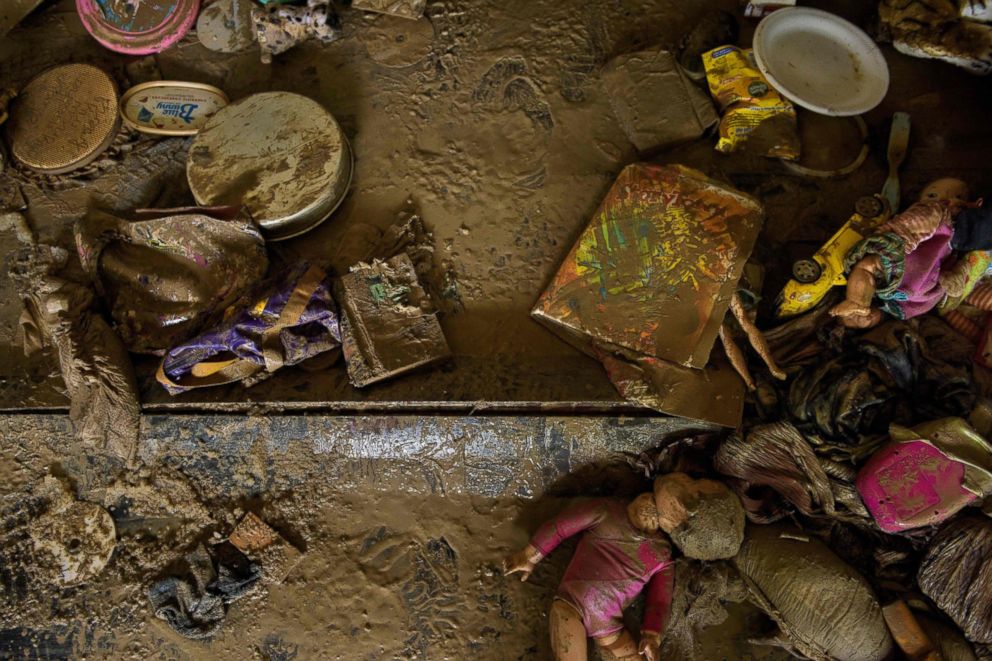
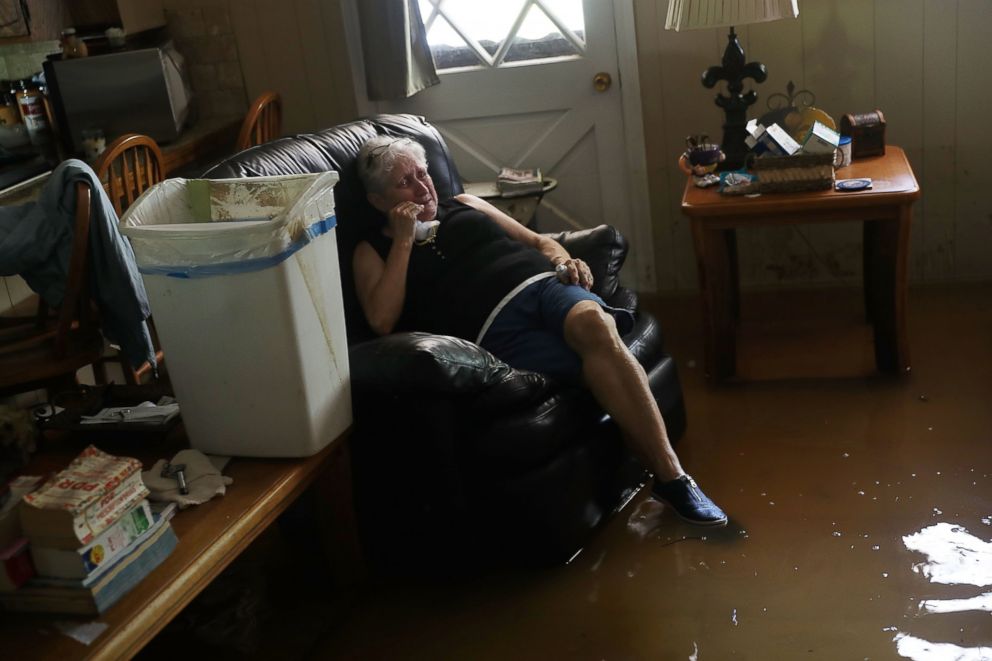
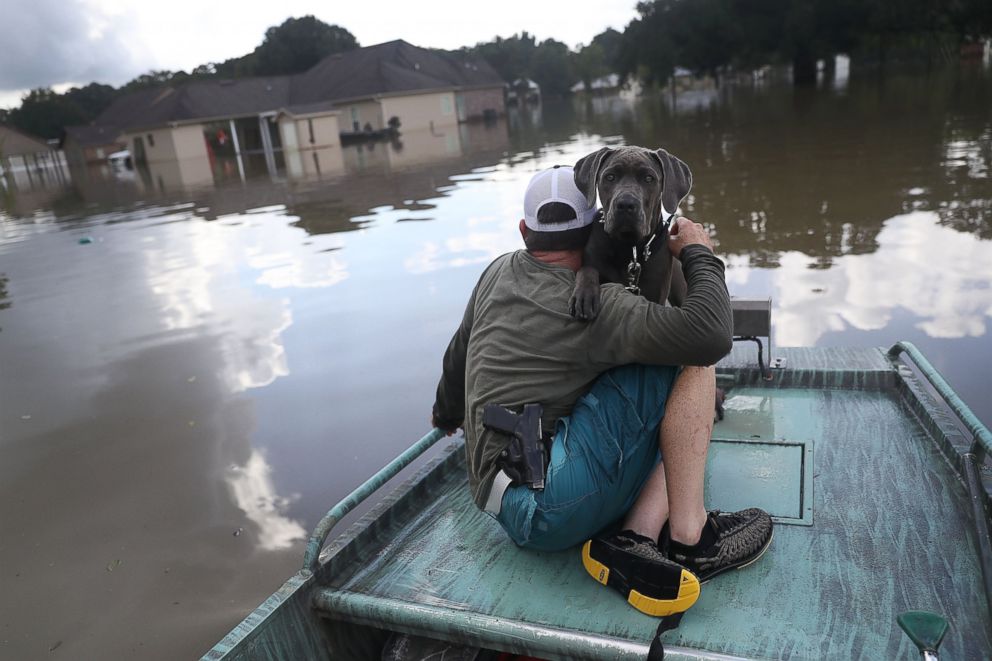
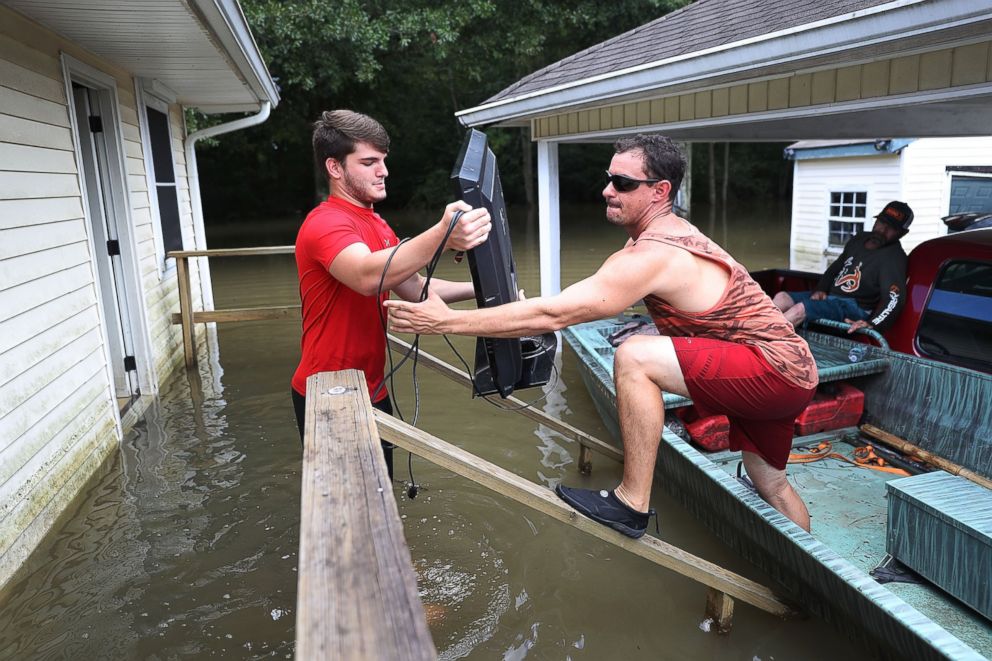
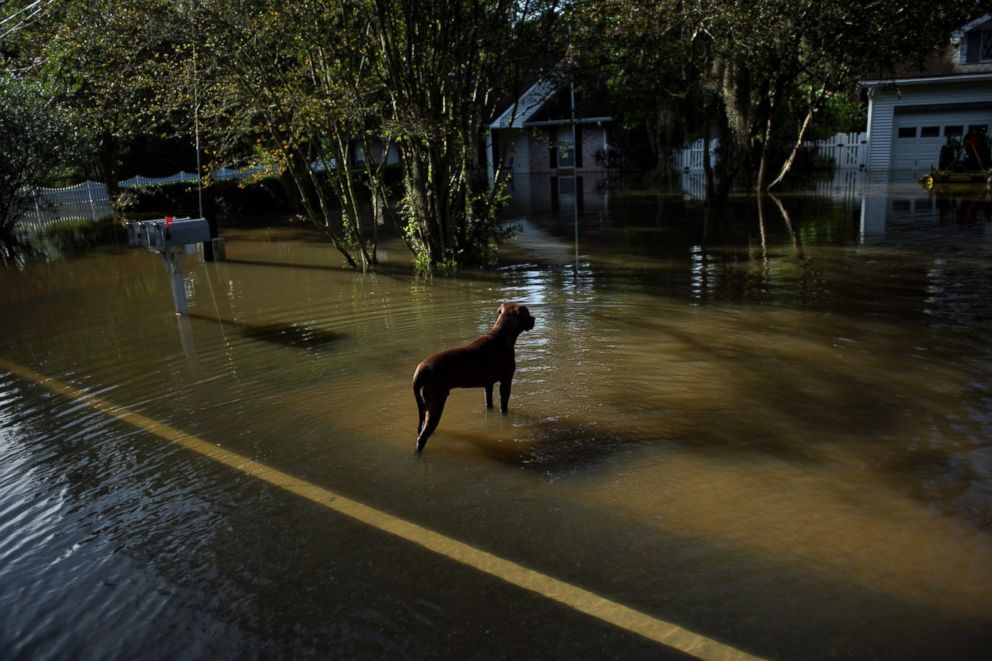
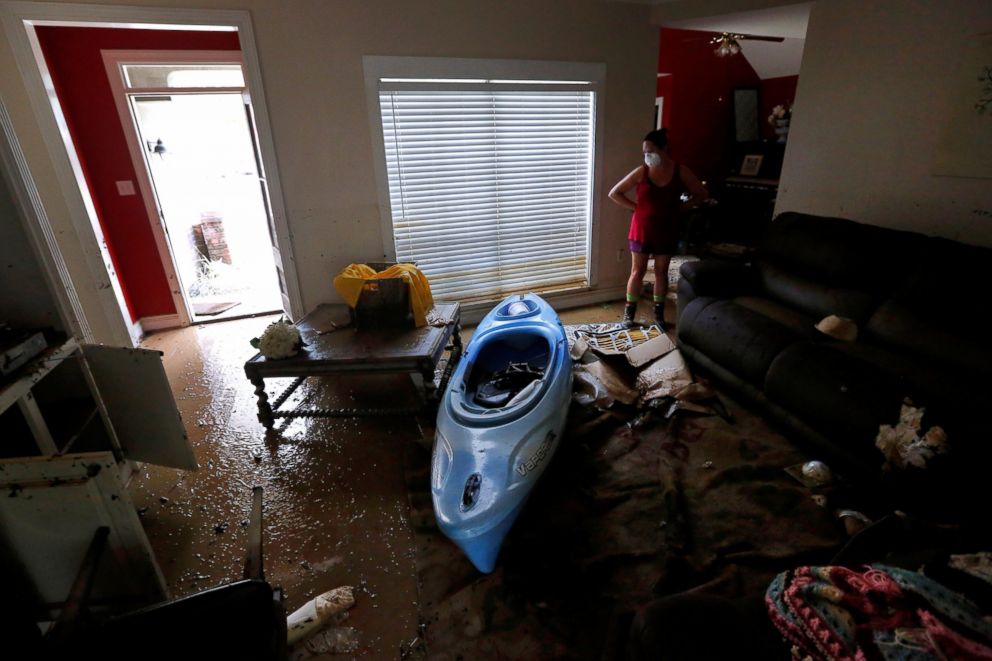

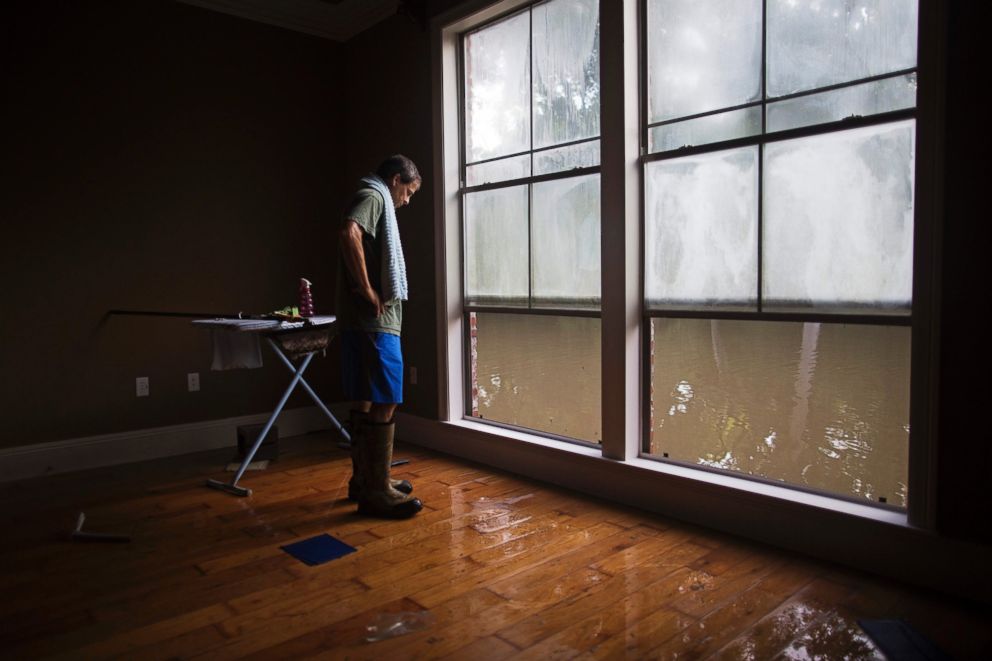
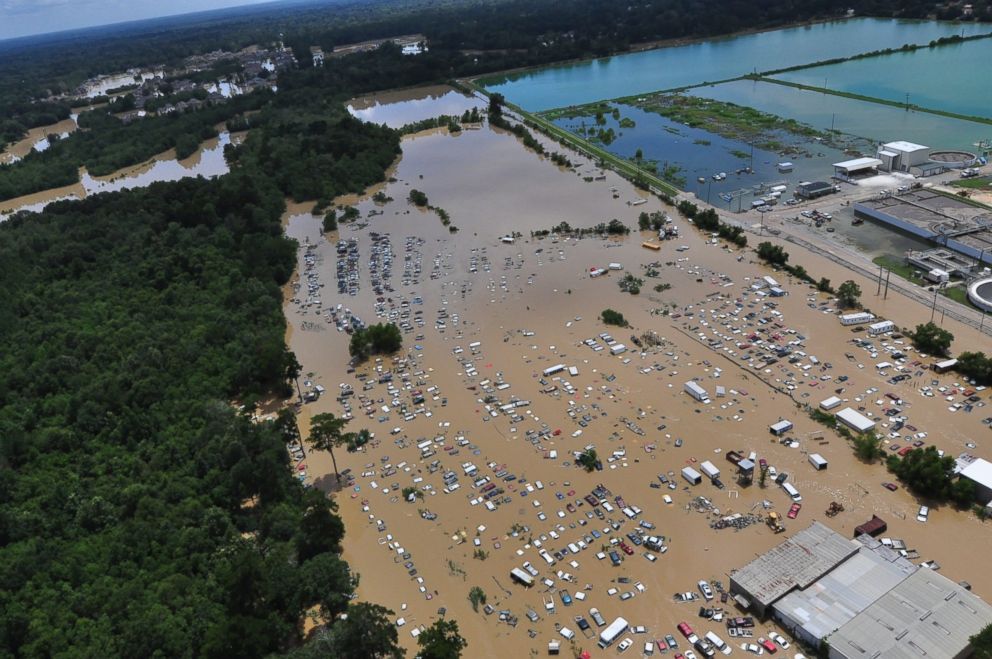


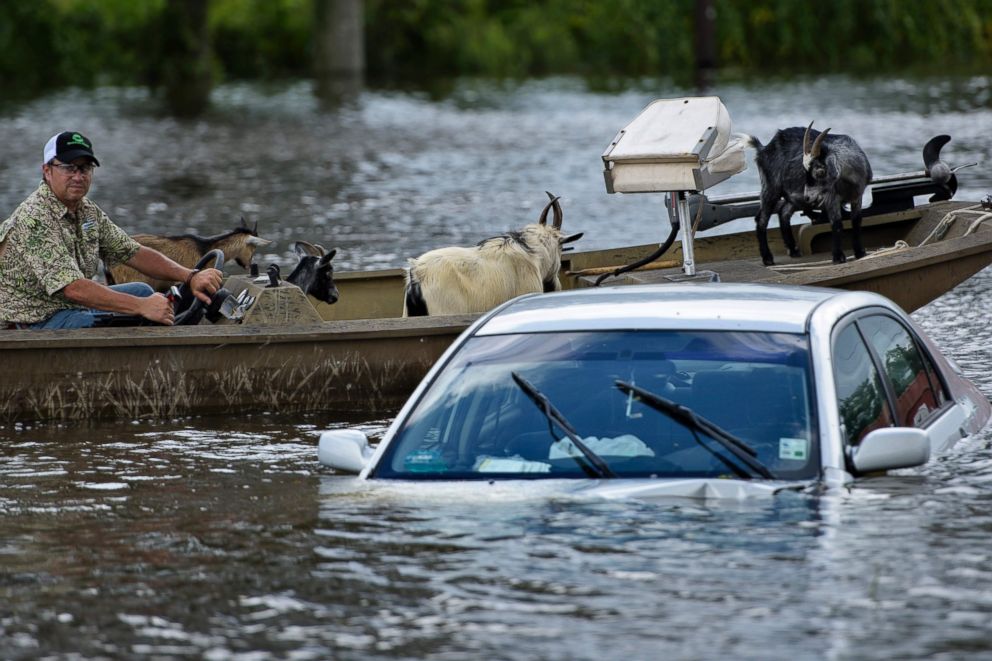
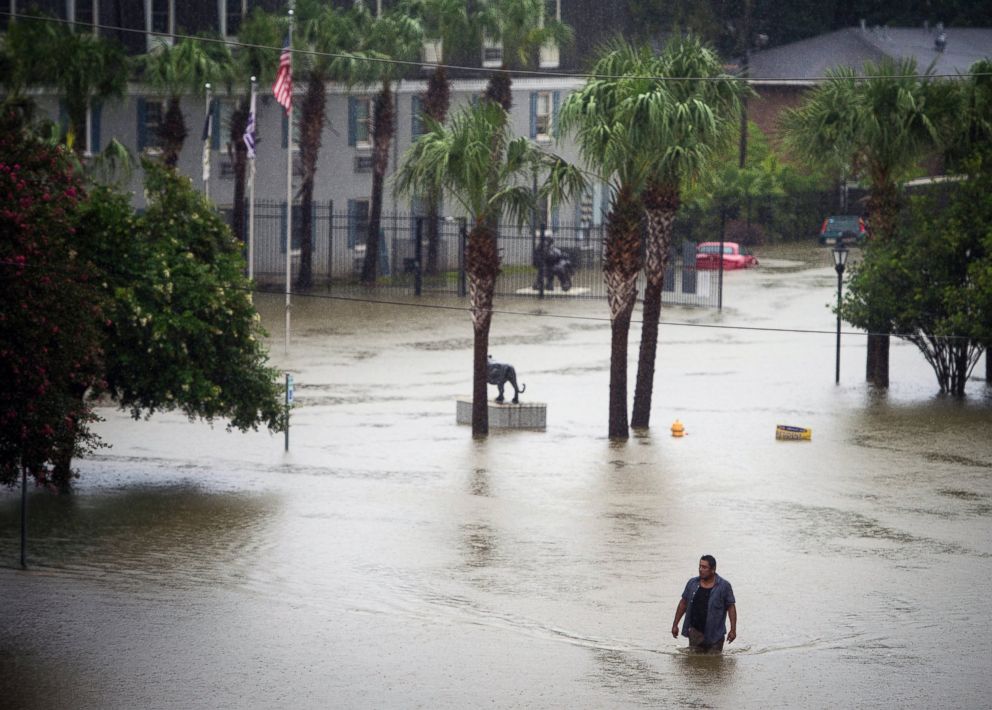
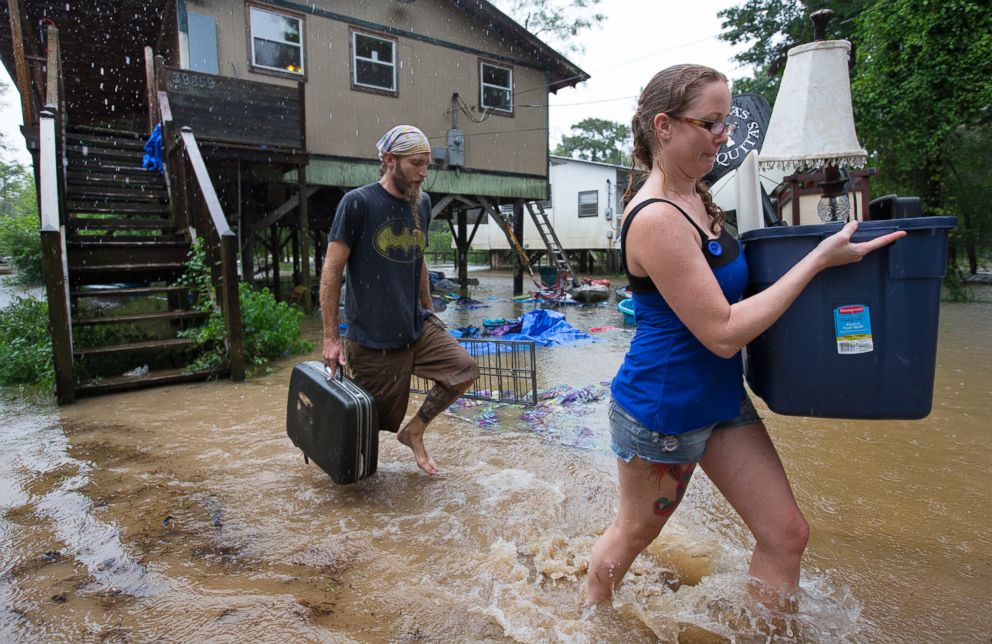
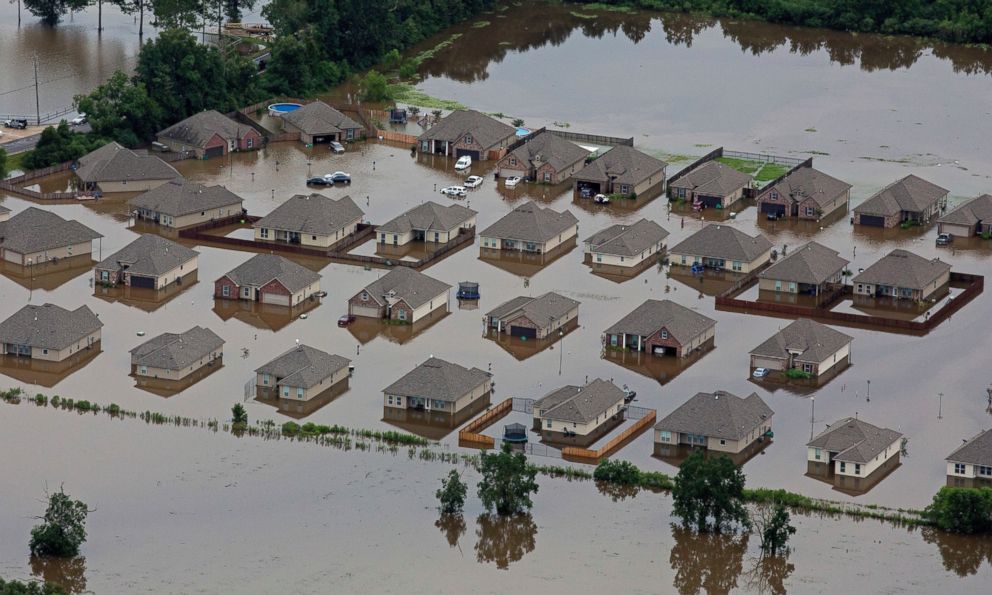
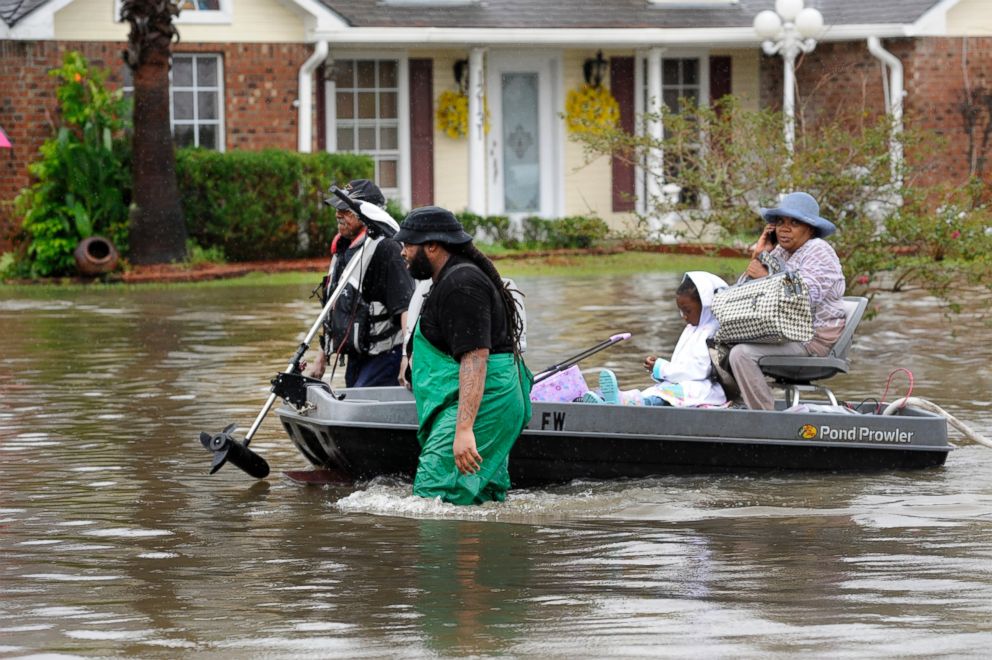
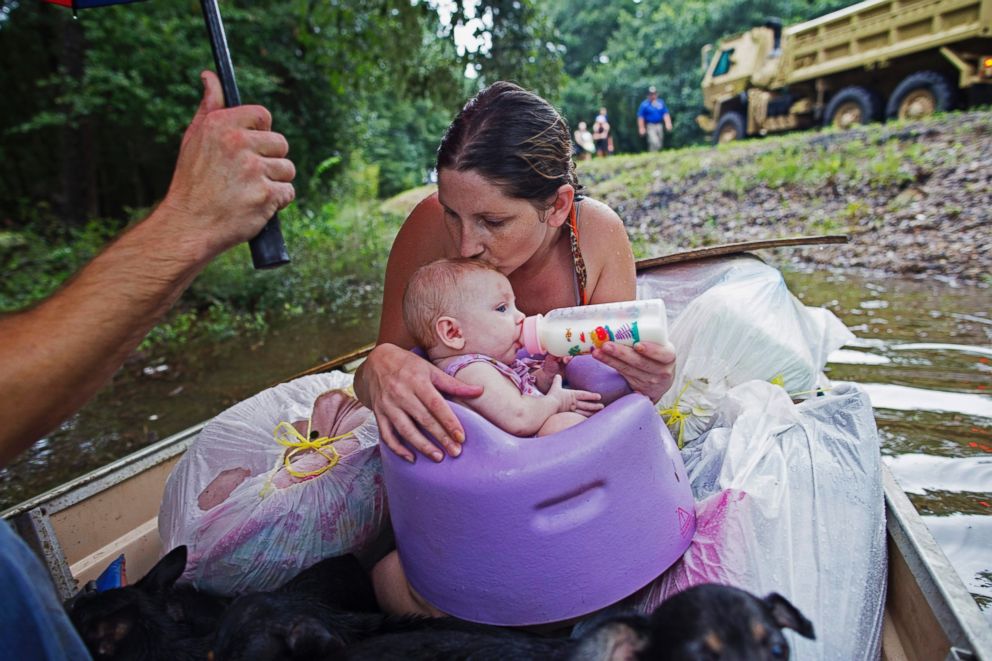
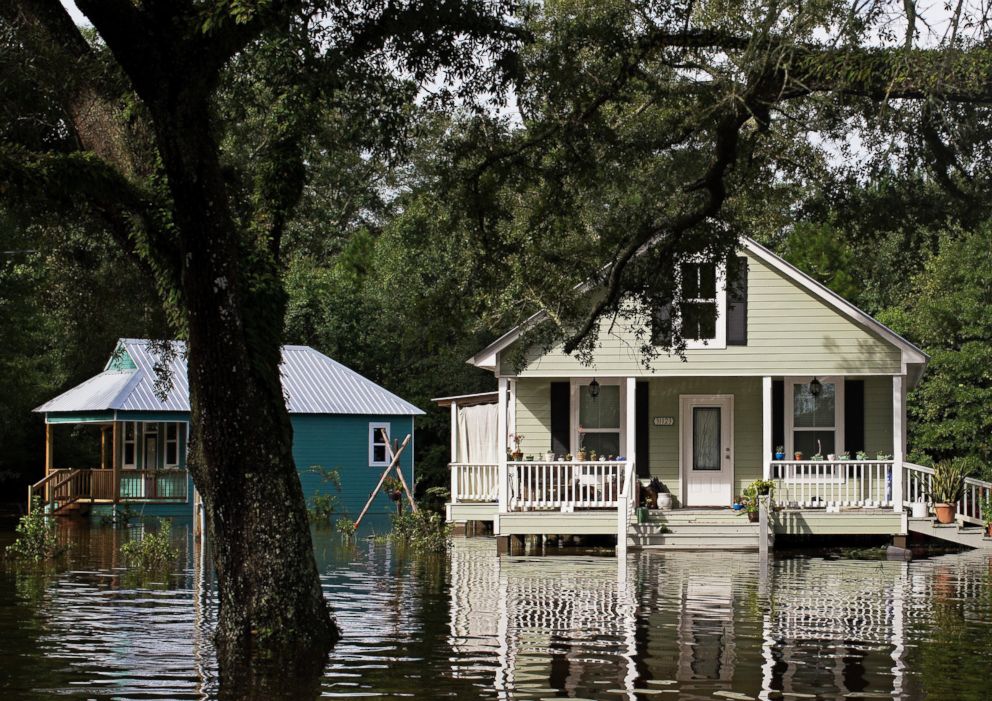
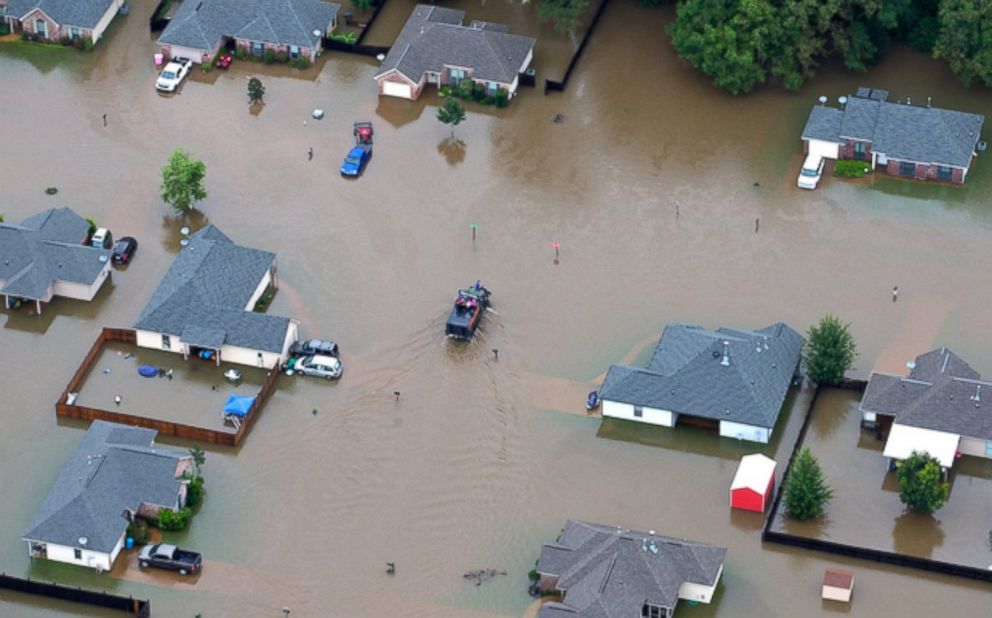
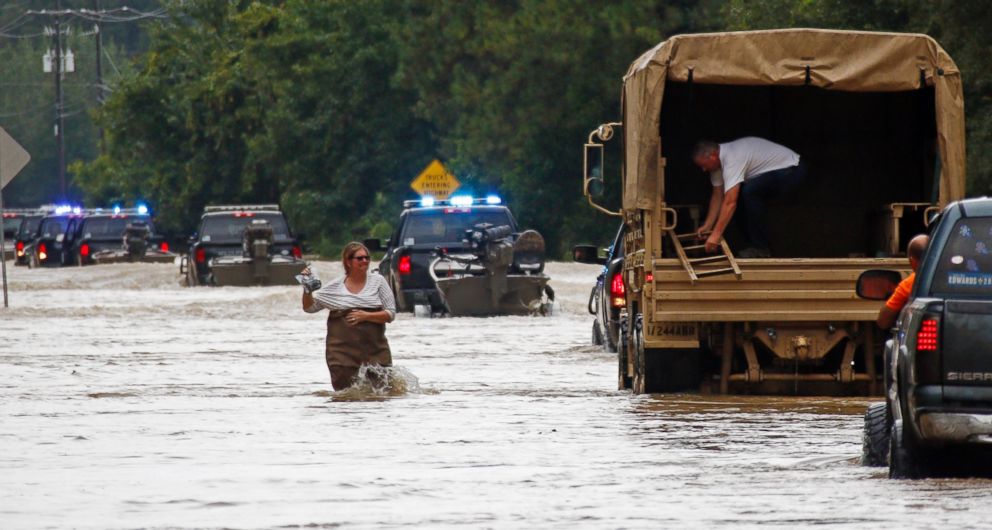
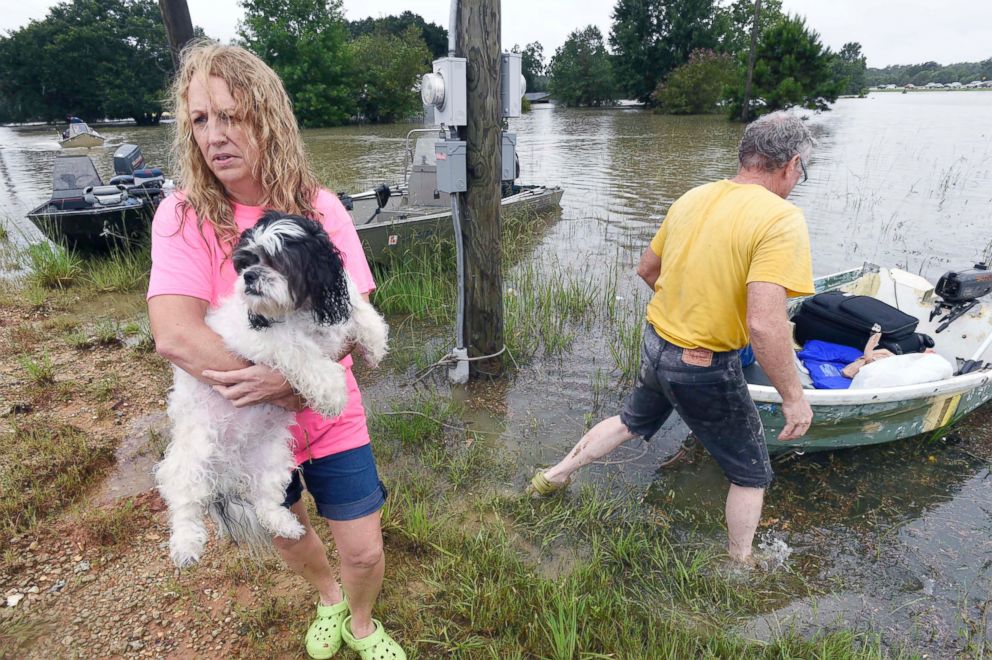
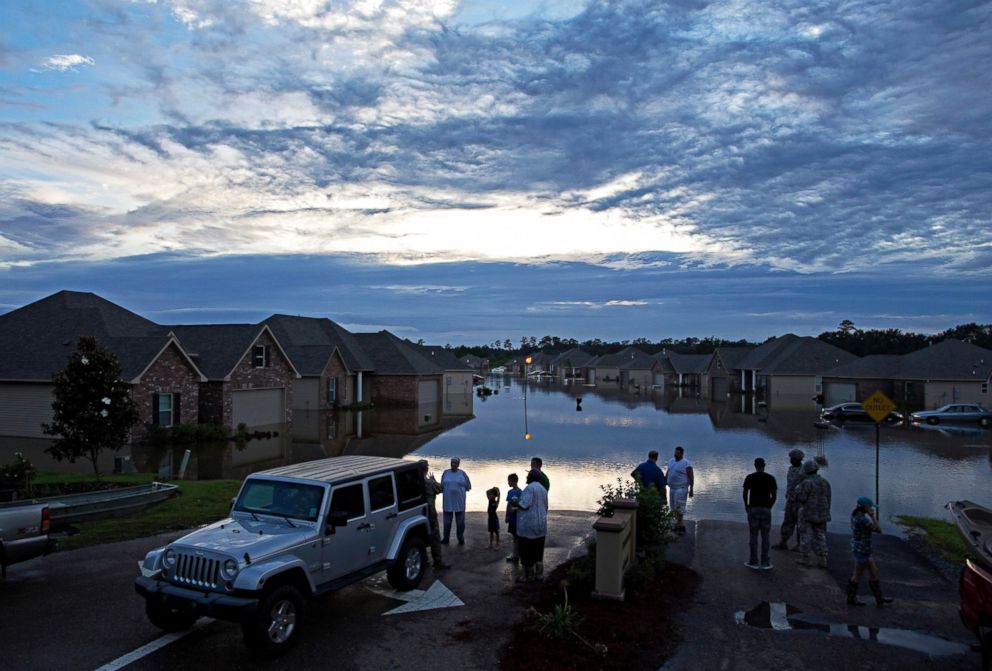
"Swarms of mosquitoes may be seen in the affected regions several weeks after the storm," the Louisiana Health Department said online, noting that mosquito eggs "can lie dormant for years without water and these eggs will now hatch."
Animals, both wild and domestic, can be displaced by floodwaters, leading to all kinds of problems. In particular, snakes are more prone to enter abandoned homes, cars or even furniture if their nests are flooded, according to the Louisiana Health Department. When residents return home to find houses affected by flood damage, they may develop respiratory issues, including asthma. Allergens may increase, especially if mold, dust mites and cockroaches are present.
The intense heat and humidity in the area can cause symptoms related to dehydration or heat stroke, especially if power remains off and people have little access to air conditioning and clean water. Young children and the elderly are more susceptible to heat-related illness and should be monitored to see if they exhibit any symptoms of heat illness or heat stroke.
While it may seem easy to figure out if someone is getting overheated, experts say that's not always the case. The CDC has a list of key symptoms for heat exhaustion and heat stroke.
Symptoms of heat exhaustion include:
- Heavy sweating
- Weakness
- Clammy skin
- Fainting
- Fast, weak pulse
- Nausea or vomiting
Heat stroke symptoms include:
- Disorientation
- Body temperature above 103 degrees
- Fast, strong pulse
- Hot and red dry or moist skin
- Unconsciousness




